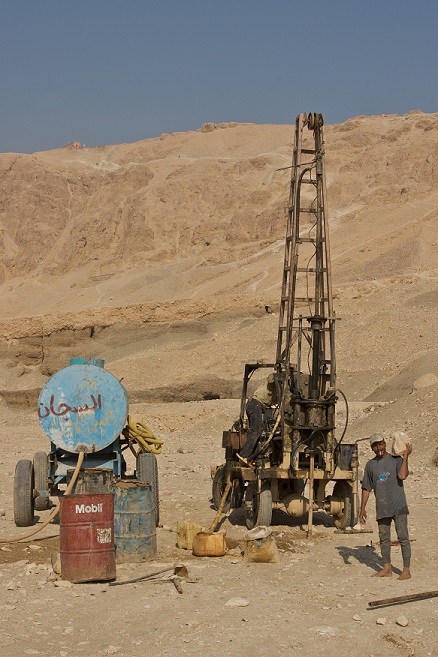

Remediating brownfield is a cost-effective alternative to building on Greenfield

September 24, 2014
In the rush for land to build houses the UK’s brownfield sites are up for development. A brownfield site is defined as “previously developed land” that has the potential for being redeveloped. It is often land that has been used for industrial or commercial purposes and is now derelict and possibly contaminated.
There are over 66,000 hectares of brownfield sites in England and around a third of these are in the high-growth areas of greater London, the South East and East. The UK is committed to developing brownfield sites as a priority but there is often a cost involved and many developers would prefer to build on unadulterated land rather than invest in remediating a brownfield site where strict environmental regulations can be prohibitive. But a brownfield site can be considered for redevelopment not only for housing and commercial buildings but also as open spaces for recreation, conservation, woodland and other community areas.
The process of remediating a site follows a similar process starting with the assessment of a site by an experienced environmental consultant. This involves an analysis of the soil, groundwater and surface water through testing for hazardous compounds. This process ensures that appropriate measures are taken to reduce identified risks and liabilities. Any development plans must be made compliant with current regulations and special licenses are required to reclaim brownfield sites. If the environmental assessment is positive and supports the redevelopment, the next step is remediation.
Remediation of a brownfield site is the removal of all known contaminants to levels considered safe for human health. Van Walt has a range of remediation equipment from Meters, to Pumps to Product Recovery systems. Redevelopment takes place after all environmental health risks have been assessed and removed. It is worth remembering not all sites are deemed suitable for remediation, particularly if the costs exceed the value of the land after development.
Some new and exciting remediation technologies which are proving to be relatively low-cost compared to traditional processes as well as having the benefit of protecting and preserving the environment are techniques like bioremediation that uses the natural processes of indigenous bacteria, microorganisms, plants, enzymes and fungi to destroy or neutralise toxins and contaminants and phytoremediation that uses plants to store contaminants in their leaves and stems. Some contaminants such as heavy metals can be harvested and mined for reuse.
In-Situ Chemical Oxidation injects oxygen or chemical oxidants into the contaminated soil or water to destroy harmful compounds.
These new remediation techniques are providing important information about the abilities of natural processes to transform poisonous materials back into a harmless state. This information has widespread applications in many situations but is particularly relevant for restoration of the damaged environment and rehabilitation of brownfield land – much better than concreting over the UK’s green and pleasant land.
To talk to us about our growing selection of remediation and product recovery systems call +44 (0)1428 661 660.
You might also be interested in...
Van Walt Guidelines for sampling for PFAS in Groundwater
November 13, 2024We need to make clear, that at the time of writing, there are no ISO or EN standards which deal with the sampling of groundwater for PFAS.
Read MoreSpot measurement v. continuous environmental monitoring
August 25, 2023Environmental monitoring has developed considerably over the years. From the time when a consultant went out monthly or quarterly with a dip tape to monitor the groundwater level in a borehole, wind forward...
Read MoreMeasuring Nitrates (NO3, NO3-N) in the field
June 20, 2023The interest in Nitrates is nothing new. One way or another we have been measuring them for half a century.
Read MoreVan Walt Environmental Equipment
A small selection of our environmental equipment